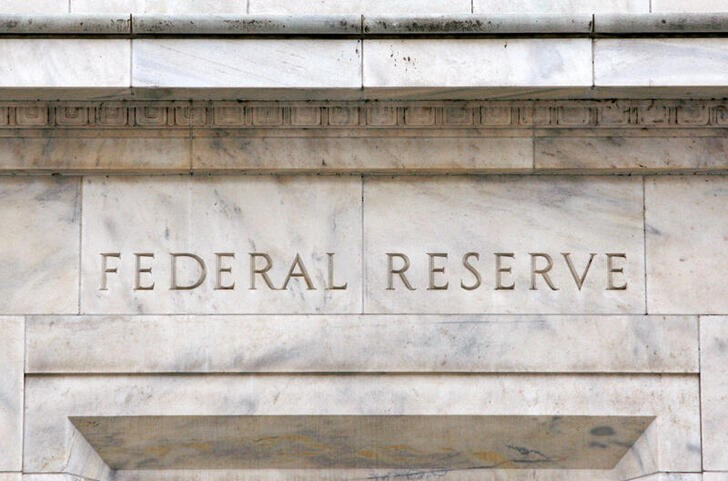
They believe that the size of the rate cut at the upcoming September meeting will be primarily determined by labor market data. The bank’s current view is that the Fed will cut rates by 25 basis points (bps) “at each of the remaining meetings this year, then a pause until 25Q3 to gradually bring rates back down to neutral.”
During his speech at the Jackson Hole conference last Friday, Fed Chair Jerome Powell hinted that rate cuts are on the horizon, though he did not specify when or how much the cuts might be.
“The time has come for policy to adjust,” Powell stated during his keynote address at the Fed’s annual Jackson Hole retreat in Wyoming. “The direction of travel is clear, and the timing and pace of rate cuts will depend on incoming data, the evolving outlook, and the balance of risks.”
While markets eagerly anticipated clues about the future direction of monetary policy, Powell dedicated much of his speech to reflecting on the factors that drove the inflation surge, which led to 11 rate hikes between March 2022 and July 2023.
He acknowledged the progress made in reducing inflation and indicated that the Fed could now focus more on maintaining full employment, the other aspect of its dual mandate.
“Inflation has declined significantly. The labor market is no longer overheated, and conditions are now less tight than those that prevailed before the pandemic,” Powell said. “Supply constraints have normalized. And the balance of the risks to our two mandates has changed.”
He also emphasized the Fed’s commitment to ensuring both a strong labor market and continued progress on inflation, pledging that “we will do everything we can” to achieve these goals.
The speech comes with the inflation rate’s gradual return to the Fed’s 2% target. The preferred inflation gauge most recently came in at 2.5%, down from 3.2% a year ago and a peak above 7% in June 2022.
Meanwhile, unemployment has edged up to 4.3%, typically signaling a recession, though Powell attributed this increase to more people entering the workforce and slower hiring, instead of widespread layoffs or a weakening labor market.
To read the full article, Click Here
